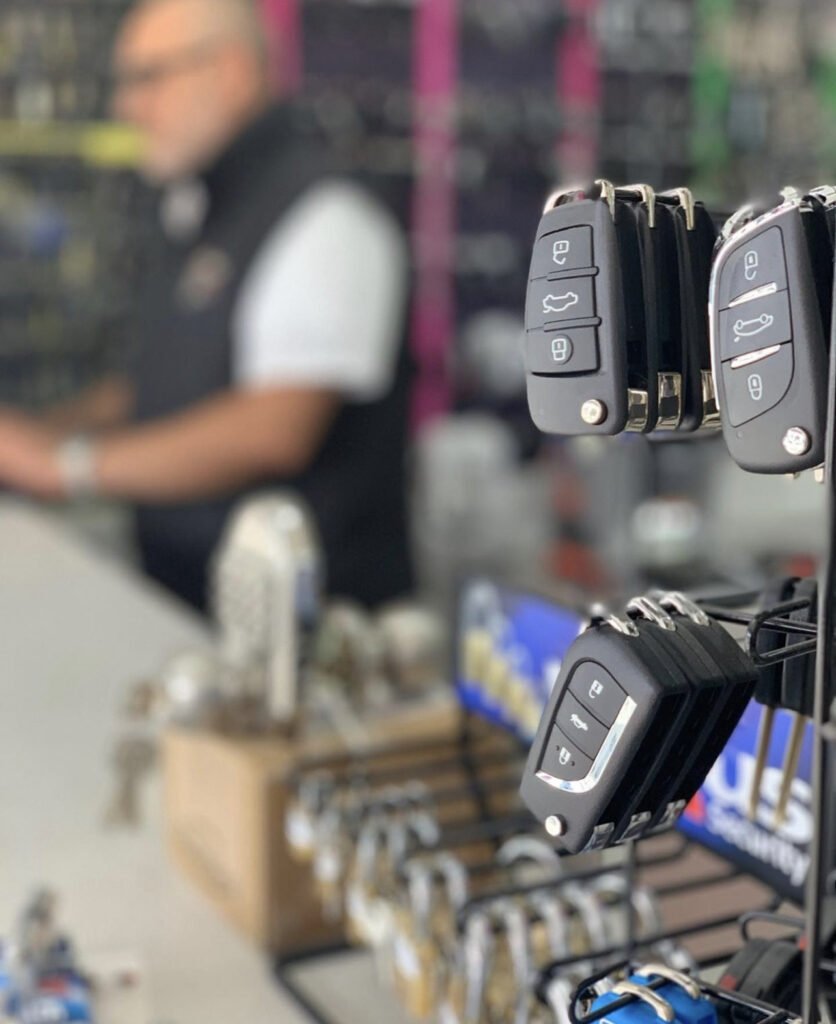5 Lessons You Can Learn From Car Diagnostics Near Me

Automotive Diagnostics
There are many different types of diagnostic tools available for automotive use. These include back-pin probing, Pattern recognition algorithms, and Component failure warning systems. These diagnostic tools will help you communicate with remote assistance facilities as well as identifying the problem with the component. These tools are crucial to ensure that your vehicle is secure while on the road.
Warning system for component failure
Modern vehicles have numerous internal and electronic systems that check how the vehicle is performing. These systems can be triggered by a malfunction. When a component of the vehicle is not functioning properly, it sends a warning signal to inform the driver about the issue. Some warning lights will signal a minor issue, for instance, a leaky gas cap, while others can indicate a more serious problem.
A system that detects malfunctions can store information that will help repair technicians pinpoint the problem and repair it. Repair technicians can quickly fix the problem if it is discovered early enough. By heeding the warnings that a car owner should follow, they can improve its safety and cut down on the expense of maintenance.
Modern cars have an onboard computer diagnostics system that constantly checks all major functions and systems. It also monitors fuel efficiency and harmful emissions. A warning light will be illuminated on the dashboard when an element is damaged. This system, called OBD is found on personal vehicles, trucks, and commercial vehicles. It is now a standard industry practice and makes diagnosing much easier.
These warnings are known as Diagnostic Trouble Codes (or DTCs) and are the result of a diagnostic process to identify the root of the issue. Diagnostics include a thorough search for service information and pin-point inspection of the vehicle, as well as examining the affected areas. It is important that you be aware of the meaning of these codes so that you can properly diagnose a vehicle's problems.
Communication between a vehicle and a remote assistance facility
Remote assistance devices will only work with your vehicle if you have the capability of communicating with it. Vehicle-to-vehicle (V2V) communication is a method used to connect with other vehicles and share information wirelessly. This technology allows for the transmission and reception of omni-directional messages up to 10 times per minute. It also aids vehicles to maintain all-round awareness of other vehicles. It also collects data from nearby vehicles to alert drivers of imminent accidents. These systems can also utilize tactile, audible, and visual alerts to assist drivers avoid collisions.
Back-pin testing
Back-pin probing is a technique used in automotive diagnostics that makes use of sharp pins to connect to automotive connectors. These probes are used on all vehicle models and are usually affordable. They are useful for making live circuit measurements without damaging connectors. This process eliminates the need to puncture wire insulation.
Many technicians prefer to use back-probing to diagnose automotive problems. It is more efficient than cutting wire insulation. These tools can be inserted into automobile connectors using a variety tips. Many specialty back-probes have a smaller diameter, which reduces the leverage applied to the connector.
Certain automotive diagnostic kits include several connectors and probes including banana plugs, alligator clips, and pointed probe tips. Some kits come with different tests kits. These kits will enable you to quickly and easily test the electrical signals that can indicate a potential problem in a vehicle.
Back-pin probing is among of the most efficient methods to test automotive connectors. It lets you quickly connect or disconnect the test leads. This method of diagnosing is cost-effective. This method will help you save time, money and even labour.

On-board diagnostics
The vehicle's health can be monitored by the onboard diagnostics. It can also notify them that their vehicle is in need of maintenance or repair. This technology can boost the efficiency of your vehicle and increase its reliability. It can also inspire car makers to create better engines as well as improve car safety. These systems can also help drivers save time and money by allowing them to know how their vehicle is performing without needing to visit a mechanic.
Before the introduction of on-board diagnostics that were standard, manufacturers needed to create their own systems. The original versions of the system used their own connectors, electronic interfaces and specific codes to indicate issues. The first systems were released in 1968 and 1978 by Volkswagen and Datsun. The Society of Automotive Engineers (SAE) eventually required that all cars have the technology. In addition, in 1994, California's law required that all vehicles have on-board diagnostics.
On-board diagnostics systems have become so advanced that they can match the computing power of a desktop PC. They are compatible with a variety of mid-speed networks and are now capable of handling massive amounts of data. Many on-board diagnostics systems incorporate a vehicle speed sensor, that detects rough roads precisely. car diagnostics mobile are connected to the vehicle's engine control unit or ECU.
If the engine in a car is experiencing issues or is experiencing problems, the OBD system will be able to detect the issue and illuminate warning lights in the instrument cluster. After the OBD system has identified the issue it stores a diagnostic code. To decode the trouble signal it is possible for a mechanic to connect a scanner to the OBD connector below the dashboard. A mechanic may not be able to interpret a trouble code, but it can help him determine what's wrong.
